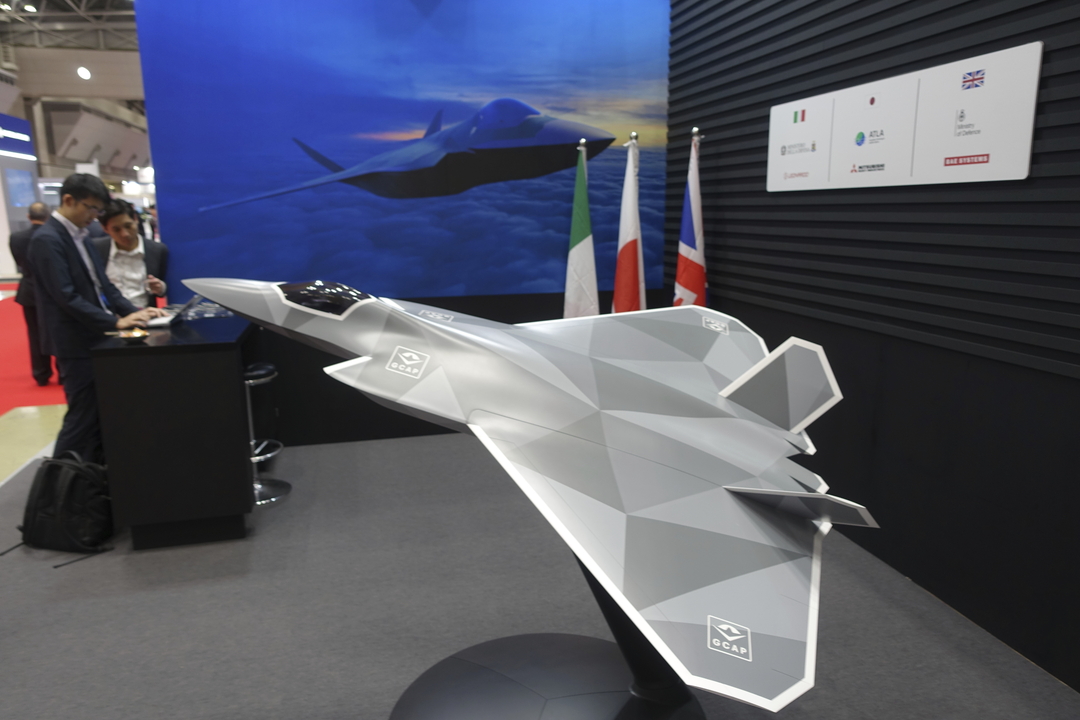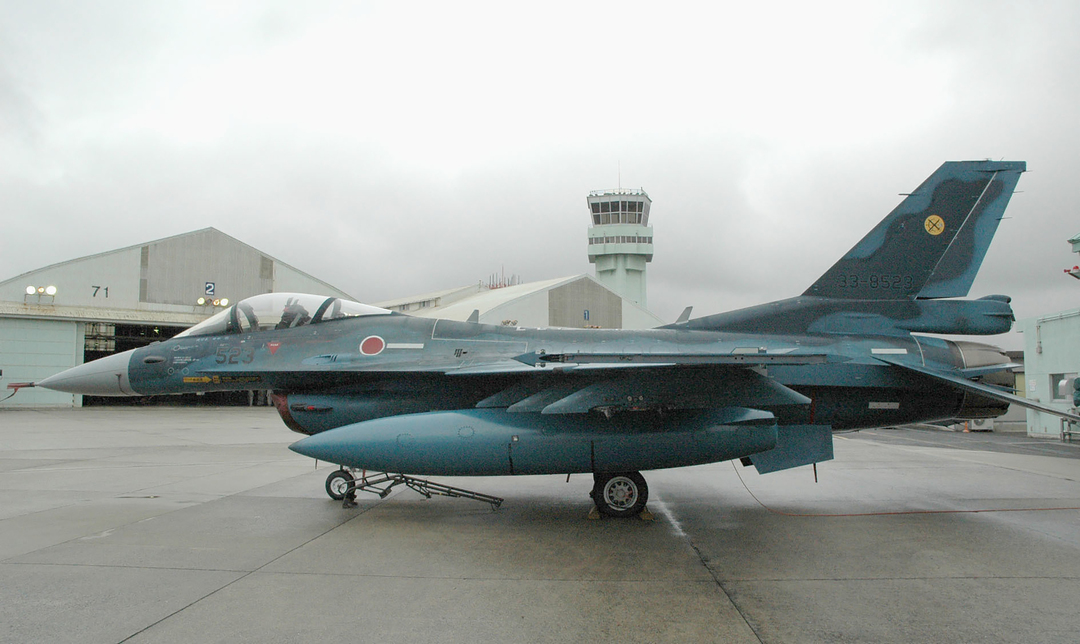TOKYO (AP) — The defence ministers of Japan, the UK and Italy agreed to accelerate the joint development of a next-generation fighter jet, and announced that a trilateral government organisation would be established by the end of this year to work with the parties producing the aircraft, Japanese officials said Sunday.
The three countries agreed in 2022 to jointly produce a new combat aircraft that will be ready for deployment in 2035, under the Global Combat Air Program, or GCAP, to strengthen cooperation.
The next-generation stealth fighter jet would replace Japan’s retiring F-2s that it jointly developed with the US, and Eurofighter Typhoons, which were produced in partnership with the UK, Italy, Spain and Germany.

On Sunday, Japanese Defence Minister Gen Nakatani, after meeting with his UK and Italian counterparts, John Healey and Guido Crosetto, said a joint body called the GCAP International Government Organisation, or GIGO, will be set up by the end of this year to oversee the aircraft’s development.
The ministers met on the sidelines of the Group of Seven defence ministers meeting in Naples, Italy.
Several private sector companies, including Japan’s Mitsubishi Heavy Industries, Britain’s BAE Systems PLC and Italy’s Leonardo, are taking part in the project.
GIGO, to be based in the UK and headed by a Japanese official, will oversee the aircraft’s development.
“We now see the launch of GIGO and a joint venture on track” toward signing their first contract next year, Nakatani said.
Sunday’s agreement addresses concerns over the progress of the project despite changes of leadership in both Japan and the UK.
Mitsubishi Heavy and their UK and Italian counterparts had a 1/10th model of the joint fighter jet on display at their GCAP booth for the first time in Japan at a major aerospace exhibit in Tokyo last week.
Akira Sugimoto, MHI’s Japan program senior representative for GCAP, said that the joint fighter jet development will be meaningful for Japanese suppliers and for the country’s industrial base.

“Our basic position is to bring our strengths together to develop a high quality fighter jet. I believe Japanese suppliers have outstanding technologies and I do hope as many of them as possible would join (GCAP),” Sugimoto said.
“I think it will also help Japanese suppliers to enhance their capacity to develop equipment and contribute to provide a better outlook and business environment and stability,” he said.
Japan has significantly eased its arms export restrictions to allow foreign sales of the future fighter jet and licensing back of weapons, such as surface-to-air PAC-3 missile interceptors produced in Japan to complement US inventory, which has decreased because of its support for Ukraine.






